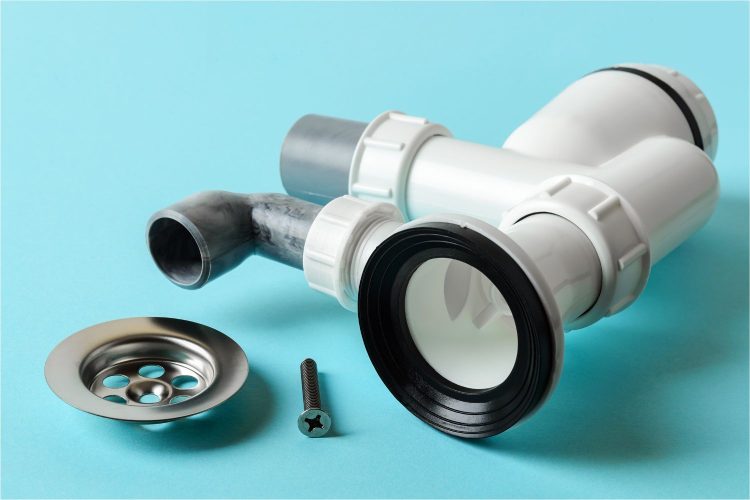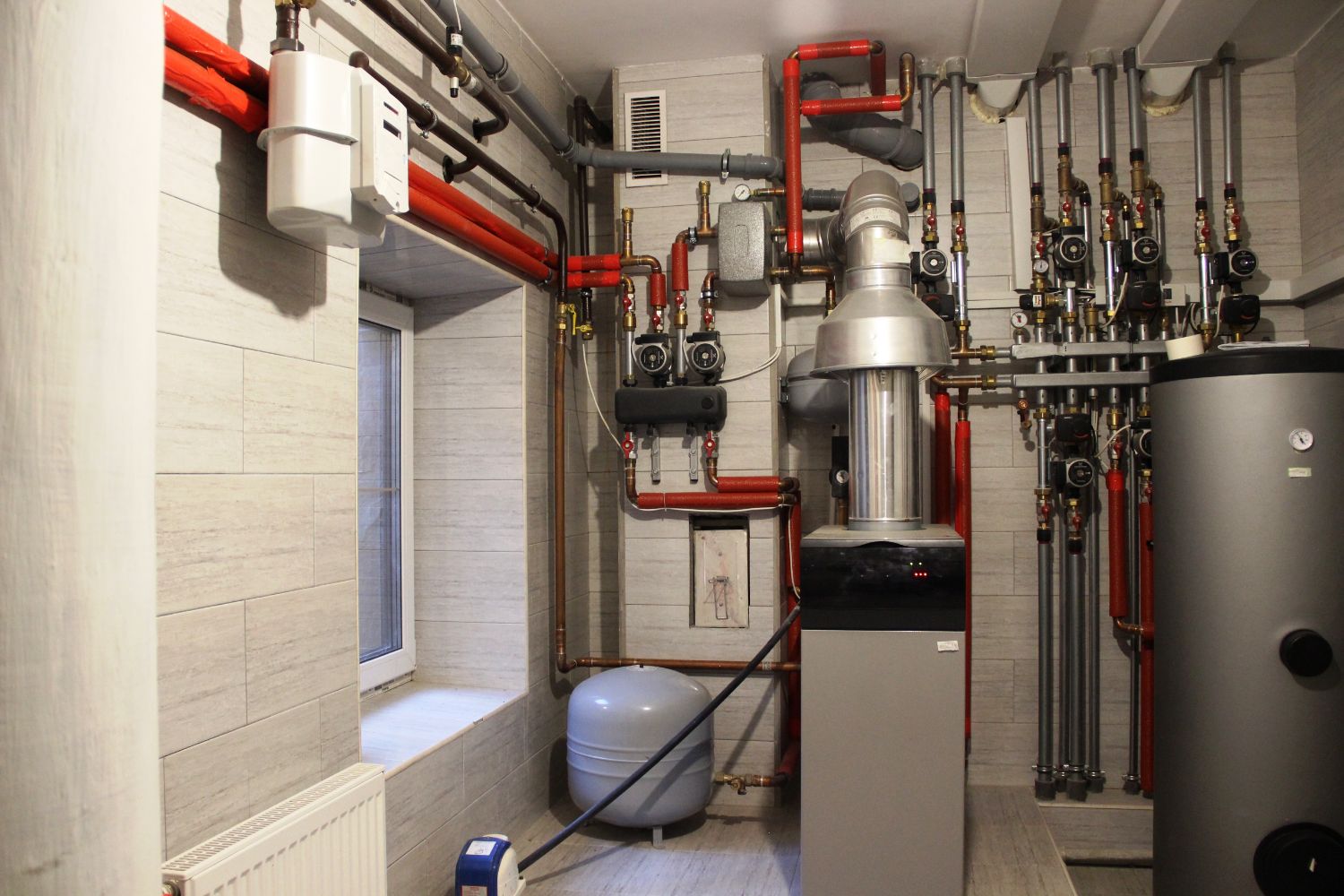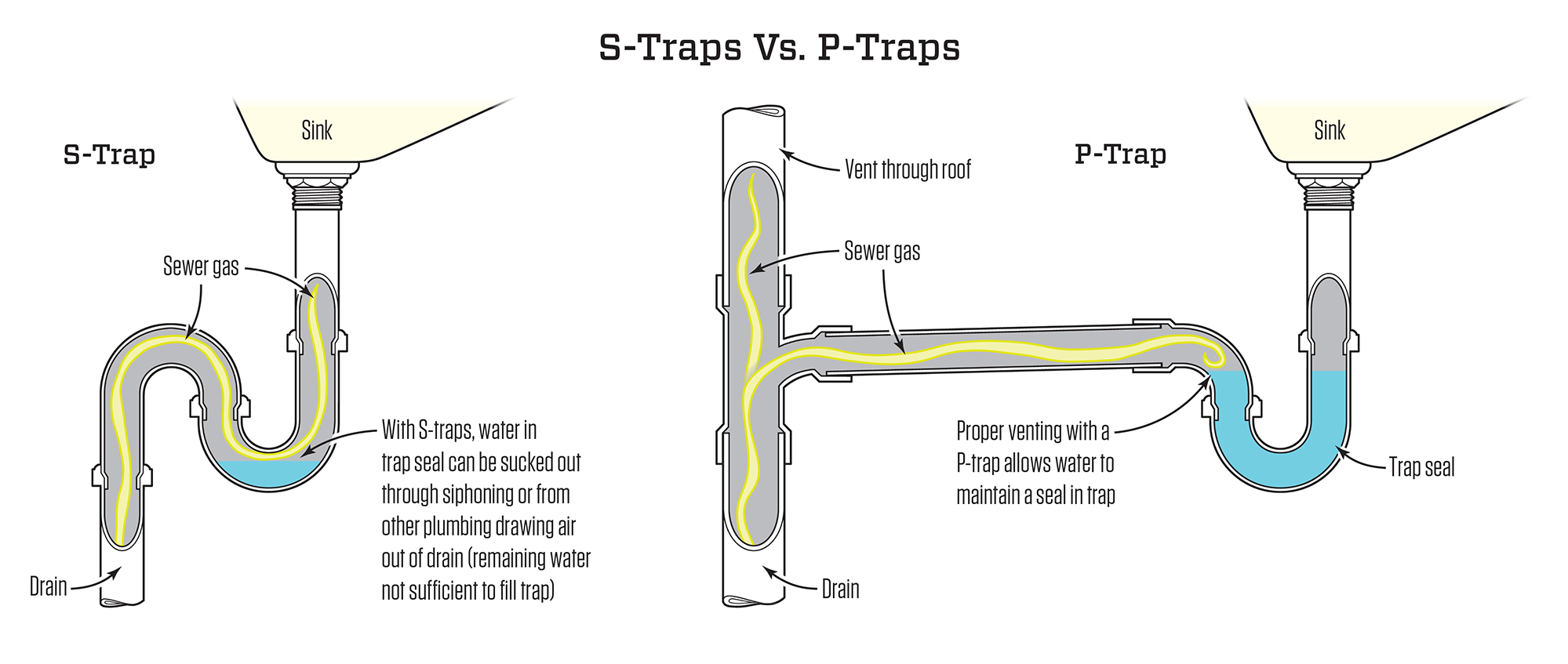Hey, it’s Ted B. White here, owner of MyBoisePlumbers. If you’re reading this, you might be wondering how to choose the right sink strainer for your home. I know it might seem like a small thing, but trust me, picking the right one can save you a lot of headaches down the road. A good sink strainer keeps your pipes clean and free of debris that could cause blockages. So, let’s break down what you need to know before making your choice.
What Is a Sink Strainer and Why Do You Need One?
So, what exactly is a sink strainer? It’s that little device you see in your sink drain. Its job is simple: it catches food scraps, hair, and other debris, stopping them from going down your pipes. If you’ve ever had a clogged drain, you know how frustrating and costly that can be. A sink strainer is the first line of defense against those annoying blockages.
Without it, those tiny bits of food, grease, or soap can go right into your pipes and cause serious problems. Trust me, you don’t want that. A good strainer keeps things moving smoothly.
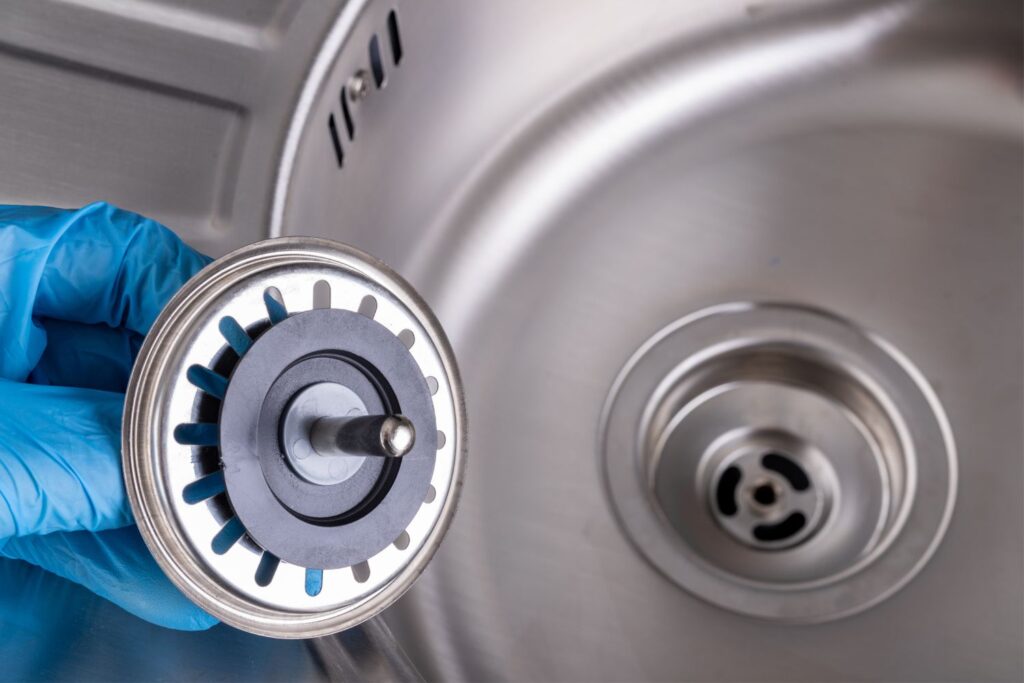
1. Sink Size and Drain Opening: Get the Right Fit
First things first—measure your drain opening. Sink strainers come in different sizes, and if you pick the wrong one, you’ll end up with leaks or worse—more blockages. Most kitchen sink drains range between 3½ inches and 4½ inches in diameter, but it’s always a good idea to measure your drain before you buy.
If you’ve got a custom sink, like a farmhouse sink, or one made from thicker materials like cast iron, you’ll need a deeper strainer to fit properly. For example, the Dearborn® Deep Locking Cup Sink Basket Strainer is designed for thicker sinks like these. So, measure twice, shop once.
2. Types of Sink Strainers: What Are Your Options?
Now that you know your drain size, it’s time to figure out which type of strainer works best for you. There are a few options, each with its own set of benefits:
- Basket Strainer: The most common type. It catches food scraps and debris in a removable basket that’s easy to clean. The Dearborn® 12 Locking Cup Sink Basket Strainer is a great option for most people because it’s easy to install and even easier to clean.
- Flange Strainer: This one has a rim that fits around the drain and helps create a watertight seal. It’s perfect for sinks that need to prevent leaks.
- Back Nut Strainer: It’s secured with a nut at the back of the sink, which gives it a tight seal. A model like the Dearborn® 15 Snap-N-Tite Sink Basket Strainer works great if you have high water pressure or need something that’s extra secure.
- Stopper Strainer: This is a 2-in-1 option that works as both a strainer and a stopper. You can switch between blocking your drain and straining debris with just a twist.
- Drain Strainer: A basic and affordable option that sits on top of your drain. It’s simple, effective, and easy to remove for cleaning. The 3BN model is a solid pick if you just need a basic strainer.
3. Material: What’s the Best for You?
Sink strainers come in different materials, and the one you choose depends on your budget and how durable you need it to be. Here’s a rundown:
- Stainless Steel: The most popular option. It’s tough, rust-resistant, and lasts a long time. If you want something that’s going to stand up to constant water flow and wear, stainless steel is the way to go. The Dearborn® L7 Sink Strainers are built to last and resist corrosion.
- Brass: If you want something fancy and premium, go with brass. It’s strong and resists rust, making it great for high-end kitchens or bathrooms. Brass strainers like the Dearborn® 12 Locking Cup not only work well but also look great.
- ABS Plastic (Acrylonitrile Butadiene Styrene): This is your budget-friendly option. ABS plastic works fine for standard kitchens, but it’s not as long-lasting as metal. If you just need something quick and affordable, this is a good choice.
4. End Connections: What’s the Best Way to Attach It?
Now, let’s talk about how your strainer attaches to your plumbing. There are two types of connections to think about:
- Flanged End Connections: These have a flat, sealing surface that fits against the sink, preventing leaks. This type is secure and easy to install.
- Threaded End Connections: These screw into the drain pipe and are a bit less expensive than flanged connections. If you’re working in a low-pressure area, these work just fine. To make sure you don’t get leaks, you can use something like Hercules® MegaTape for a tight seal.
Make sure you pick the right connection type based on your plumbing setup.
You may like these topics:
- What is a P-Trap? How This Simple Device Stops Odors, Clogs, and Sewer Gases in Your Home
- How to Choose the Right Washing Machine Hose: A Complete Guide
5. Drain Stoppers: A Handy Extra
Some sink strainers come with built-in drain stoppers. These are super helpful when you need to fill the sink with water—whether it’s for soaking dishes or washing clothes. Here are a few stopper options:
- Push-Pull Stopper: You push down to close the drain and pull up to open it. It’s simple and works well.
- Lift-and-Turn Stopper: This is similar to the push-pull, but you twist the stopper to open or close the drain.
- Rubber Stopper: This one creates a suction seal against the drain. It works great for sealing things up. The Dearborn® 10 Standard Threaded Body Sink Basket Strainer even comes with a neoprene stopper, which is a nice touch.
Having a built-in stopper is a great bonus, making it easy to control water flow in your sink.
6. Finishes and Design: It’s About More Than Just Function
While the main goal of a sink strainer is to keep your plumbing in good shape, it doesn’t hurt if it looks good, too. You’ll want your strainer to match your sink and the rest of your kitchen or bathroom. Here are some popular finishes:
- Polished Chrome: A shiny, modern look that fits well with most kitchens.
- Matte Black: A sleek, stylish finish that adds a touch of elegance to any sink.
- Brushed Nickel: A subtle finish that resists fingerprints and smudges, making it perfect for high-use sinks.
Pick a finish that fits your style and matches your other fixtures.
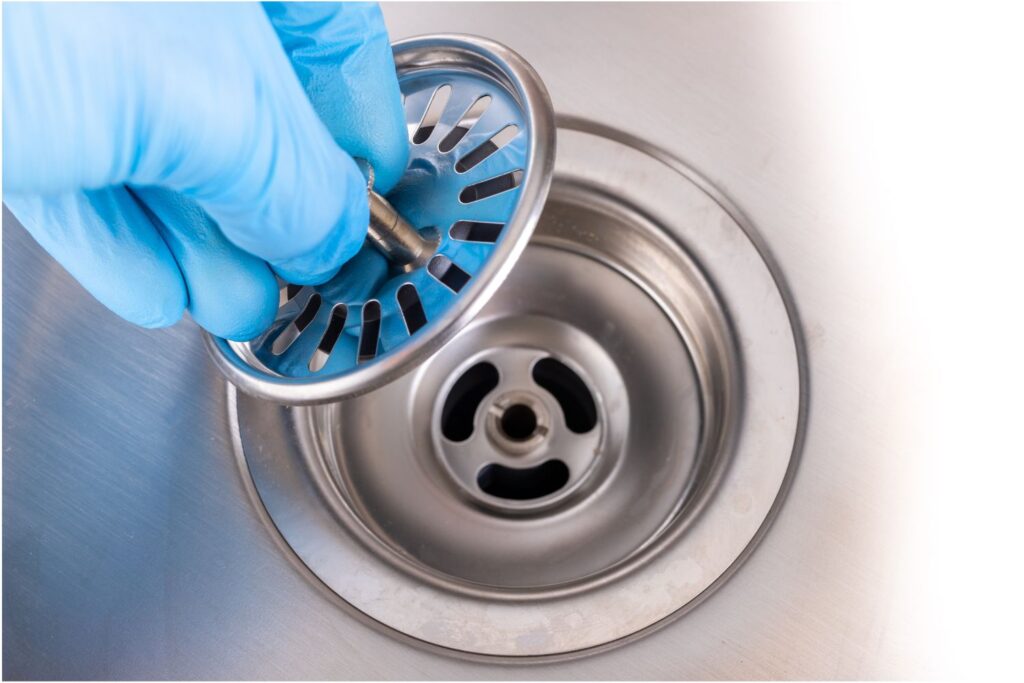
7. Easy Installation and Maintenance
No one wants to deal with a complicated installation or a strainer that’s hard to clean. Choose a strainer that’s easy to install and maintain. Some, like the Dearborn® 15 Snap-N-Tite Sink Basket Strainer, have parts that are simple to remove and clean. Regular cleaning helps keep your sink running smoothly and prevents debris from building up.
Tip: Go for a strainer with a removable basket or tray that’s easy to clean. This will save you time and effort in the long run.
Wrapping It Up: Picking the Right Sink Strainer
Choosing the right sink strainer doesn’t have to be complicated. Here are the main points to remember:
- Measure your drain opening to make sure the strainer fits.
- Choose the type of strainer that works best for you (basket, flange, stopper, etc.).
- Go for durable materials like stainless steel or brass.
- Pick a finish that matches your sink and décor.
- Make sure the end connection type matches your plumbing setup.
At MyBoisePlumbers, we’re here to help with all your plumbing needs. Whether you need help picking the right sink strainer or installing it, we’ve got you covered. If you’re unsure which strainer is right for you, just reach out. We’ll help you make the best choice.
A good sink strainer can save you time, money, and frustration. So take a few minutes to choose the right one, and you’ll keep your plumbing working smoothly for years to come.

